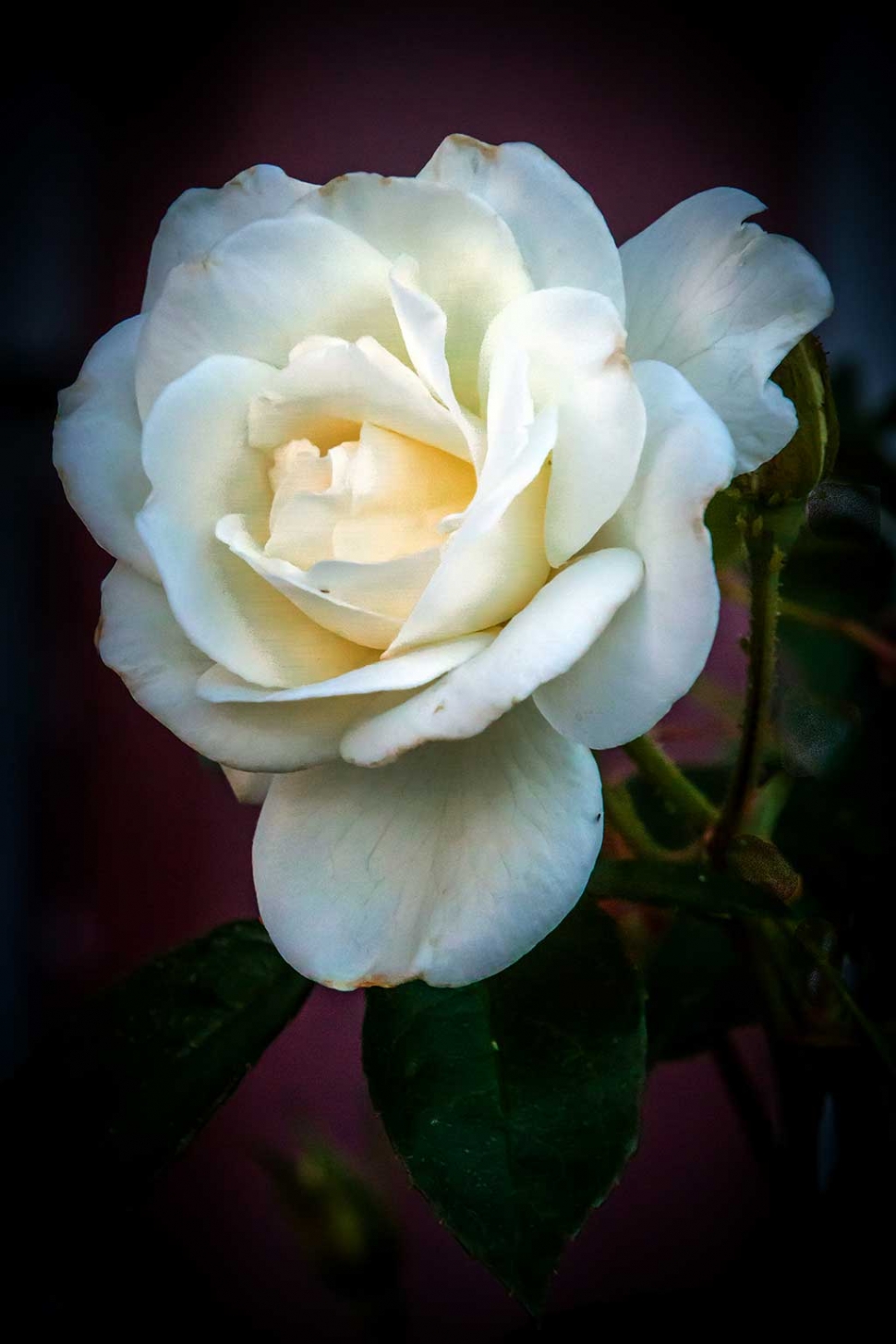|
Photography Know-How
 Photo of the week "Big Splash!" by Bob Crum. Photo data: Manual mode, ISO 6400, Tamron 16-300mm lens @87mm, f/5.6, 1/25 second shutter speed. By Bob Crum — Wednesday, January 31st, 2018
A reader puzzled
 Bob Crum Finally! A photographer and ardent reader of Photography Know-How, Alex R. of Thousand Oaks commented on the photo data pertaining to last week’s Photo of the Week. I wondered if anyone would. There's a wealth of information in the photo data about how the photo was captured. But it doesn't tell you the time of day. Should I be adding that? Alex thought the exposure indicated normal daylight so why was the ISO (6400) so high? Also asked why such a slow shutter speed given when appeared to be ample light. An astute observation. The time of day was 5:33 pm. The Photographer's Ephemeris (photoephemeris.com) listed the sunset at 5:15 pm. I captured the photo 15 minutes after sunset, the light low and fading fast. Disappointed that there were no mermaids, I was about to leave when I noticed three large waves heading for the shore. Never saw a photo op that didn't excite me! I had just enough time to reprogram the camera. In manual mode, I opened the lens aperture to its widest, F/5.6 because of rapidly fading light. Furthermore, I slowed the shutter speed to 1/25 of a second. Key factors 1) a wider aperture lets in more light 2) a slower shutter speed provides more time for the camera sensor to gather light. Such are the mechanics. Time was growing short so no time for exposure trial & error shots. So after programming the aperture and shutter I simply put ISO on auto and let the camera's exposure meter select the most appropriate ISO. The result, ISO rose to a high of 6400 for the exposure. Bingo! Photography is about creativity. Hopefully descriptions like this illustrate that even programming the camera is part of the creative process. Just as the subject can usually be composed in a myriad of ways, so can the techniques used to capture the composition. Back home, downloaded the photos to the computer for post processing where the magic happens. First import the RAW image into Adobe Lightroom for essential adjustments like increasing the exposure level. Just before exporting it I took artistic license (which I do often) by adding a touch of vignette to direct an observer's eyes to the crashing wave. You did notice, right? Exported the tiff image to Photoshop Elements where I used Viveza II, a special sauce NIK plugin to add a little structure. Because the dim light cooled the image, I warmed it slightly. Done! Magic! BTW, photo post processing (editing) is also an enjoyable creative endeavor. Important news concerning Adobe's Lightroom (LR). A few years ago, Adobe adopted a 'subscription' basis for most of its software. The most popular is the photographer’s plan which includes LR and Photoshop for $9.99 per month. I'm enjoying the benefits of the photographer’s subscription plan. Subscription benefits aside, many still prefer standalone programs. However, there will not be a LR 7. LR 6 is the last standalone version that can be purchased outside of a Creative Cloud subscription. LR 6 will remain for sale for an undetermined amount of time, but will no longer be updated with camera/lens support, RAW file support from newer cameras or bug fixes. Hence, the program will become less usable over time for serious photographers using the latest gear. Check Amazon for LR6. Photo of the week is a delicate white rose from my rose garden presented to illustrate that photo ops aplenty are nearby. Speaking of photo ops, I just received my exciting Mono County Eastern Sierra visitor’s guide. Oh my... such fabulous scenery to photograph! Get your guide at monocounty.org. It's free! Happy photoing. Send comments, questions or suggestions to bob@fillmoregazette.com |
